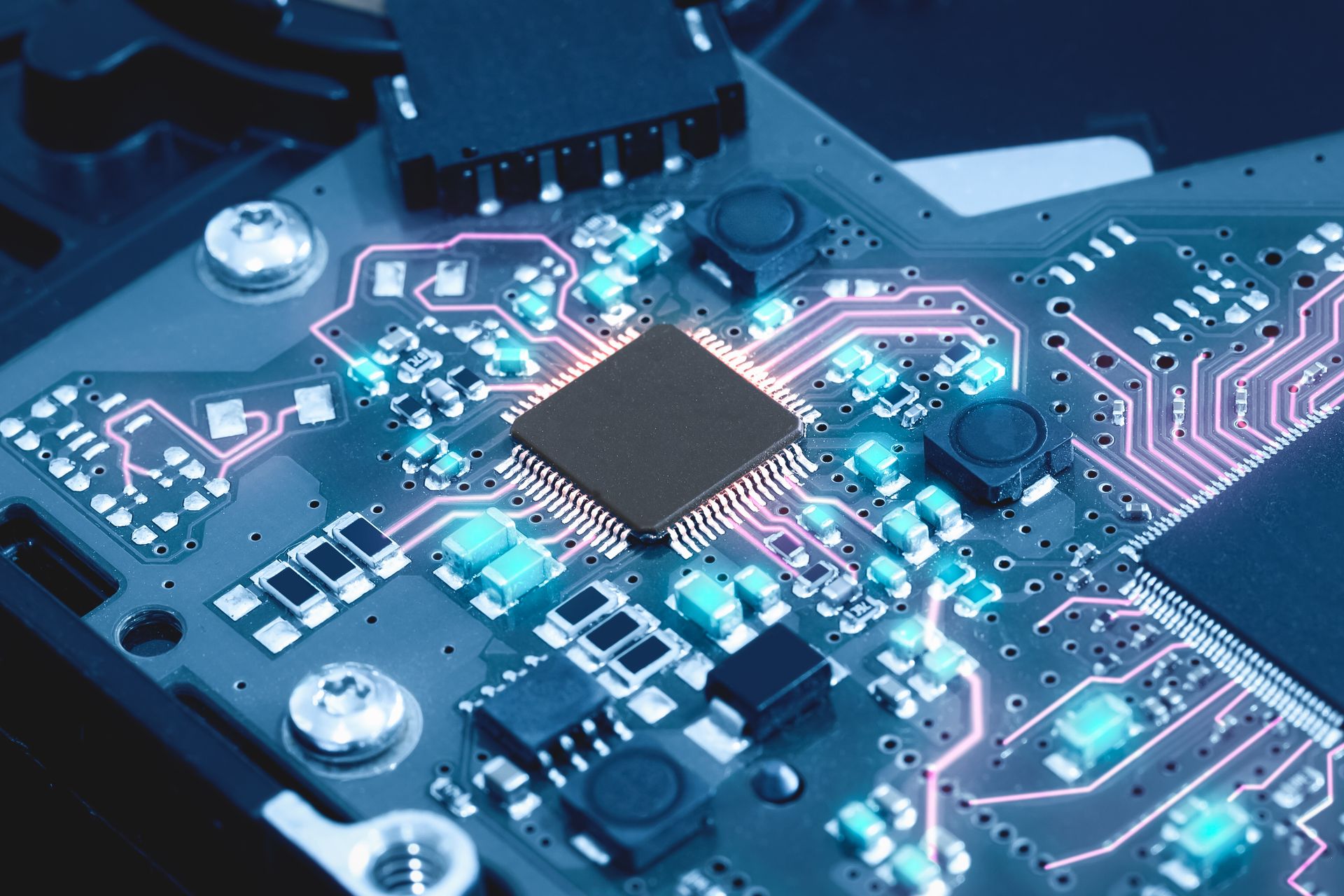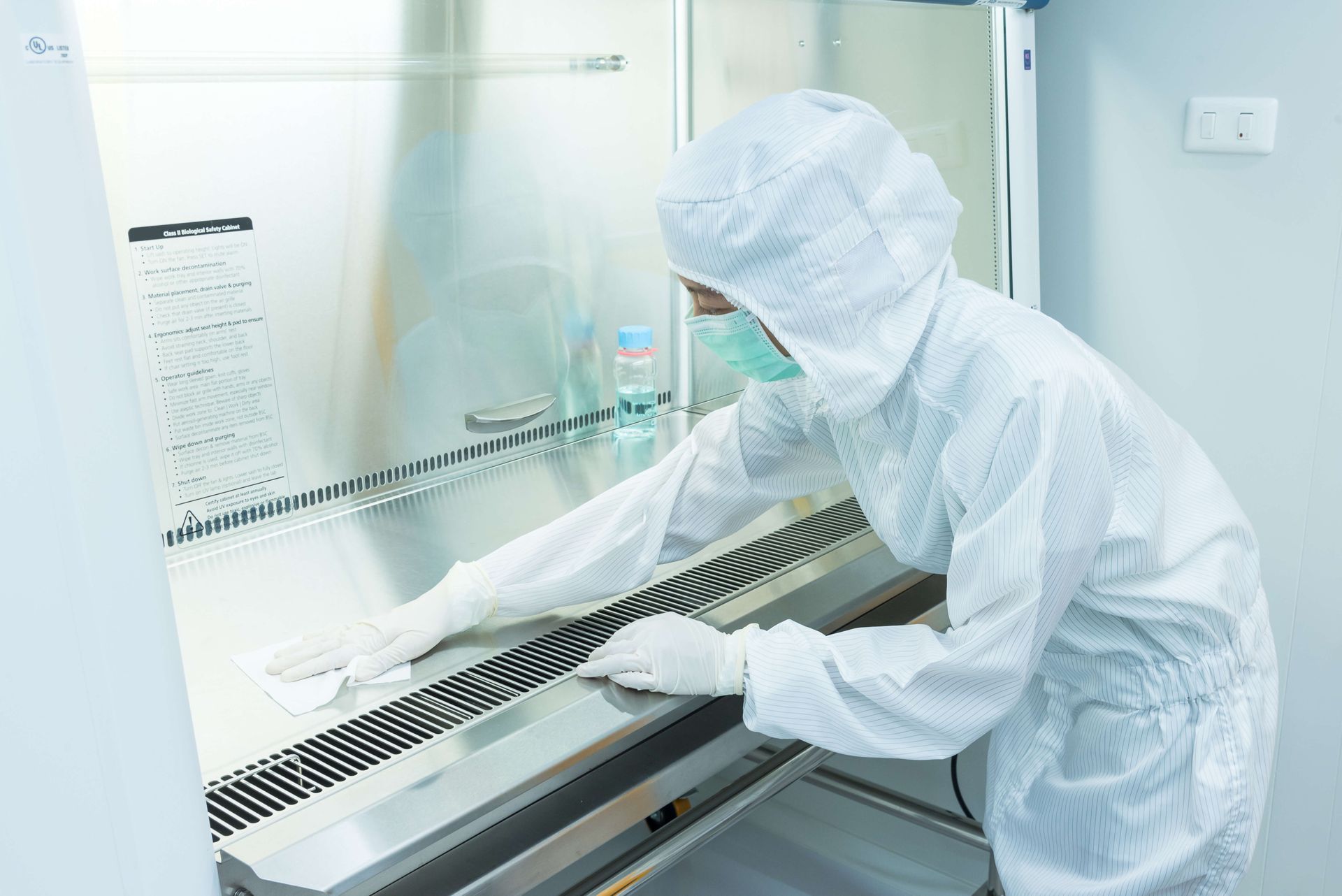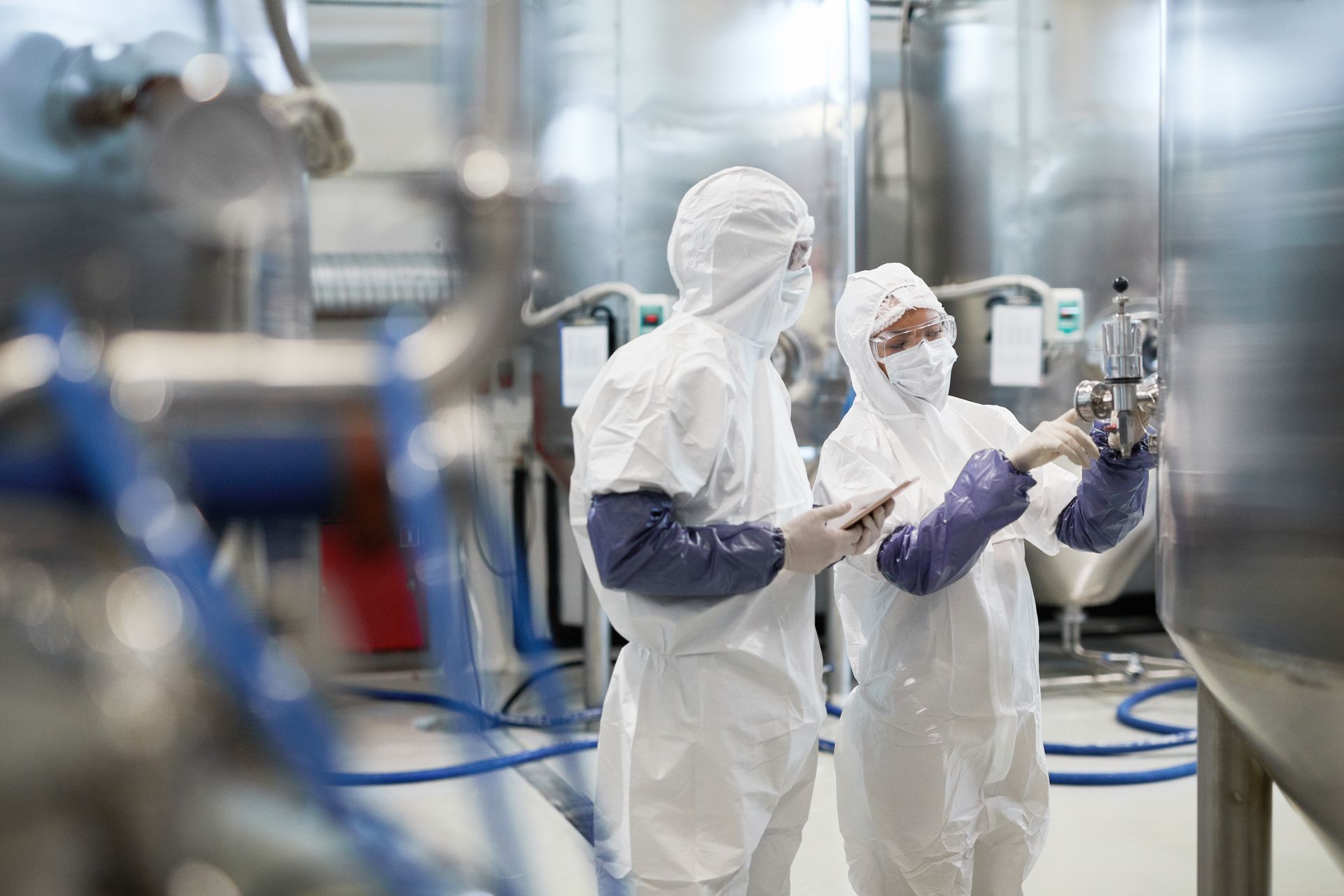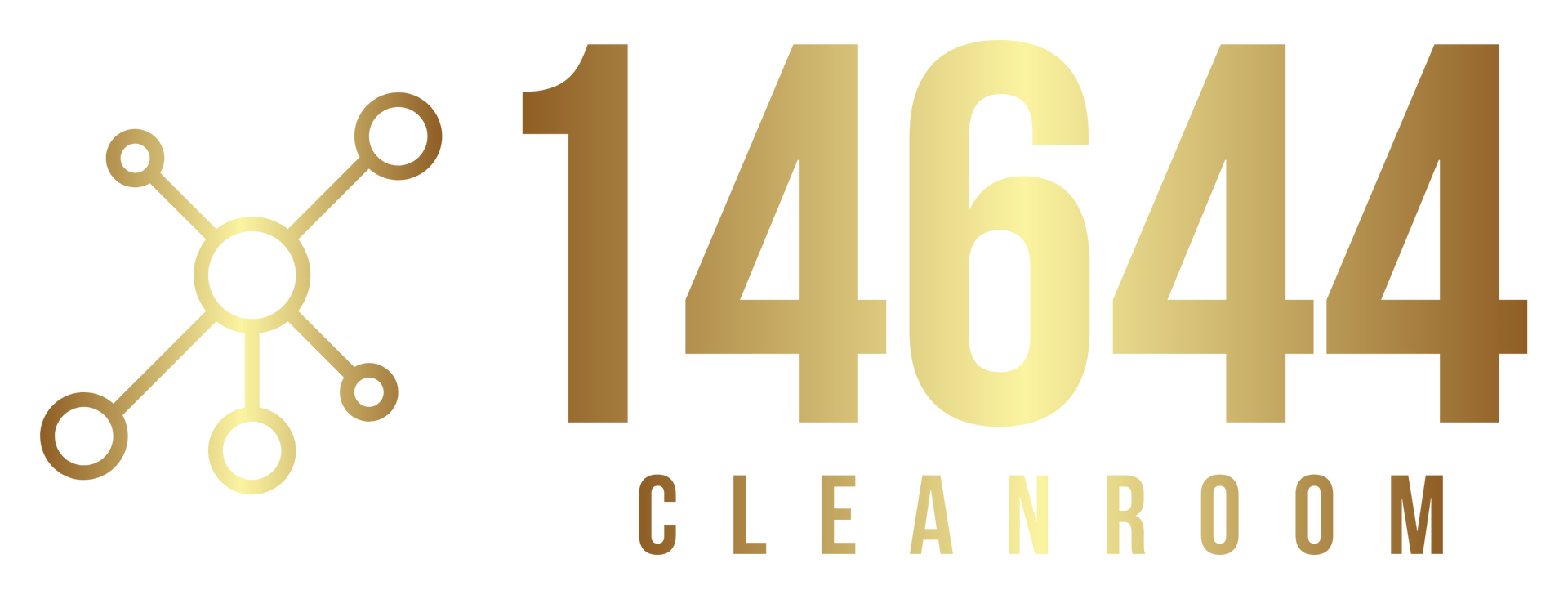The Evolution of Cleanroom Standards Globally

Introduction
Cleanrooms are essential in industries where environmental contamination can significantly affect product quality and safety, such as in semiconductor manufacturing, pharmaceutical production, and biotechnological research. Over the years, cleanroom standards have evolved dramatically, shaped by advances in technology, scientific understanding, and the need for international harmonization.
This article explores the historical development and evolution of cleanroom standards globally, with a particular focus on the International Organization for Standardization (ISO) standards, U.S. Federal Standards, and European Good Manufacturing Practices (GMP), including Annex 1.
Origins and Early Development of Cleanroom Standards
The concept of a cleanroom was pioneered in the 1960s by Willis Whitfield of Sandia National Laboratories. His invention marked a revolution by introducing an environment where the air's particle count was controlled through a laminar flow of filtered air. This innovation prompted the initial formulation of standards that would define the cleanliness levels required for various sensitive processes.
Standardization Efforts: From Federal to International Standards
Initially, cleanroom standards were disparate and varied significantly by industry and region, reflecting localized manufacturing practices and regulatory requirements. As global trade expanded, especially in high-tech sectors, there was a critical need for standardized criteria to ensure quality and compatibility across international borders.
- U.S. Federal Standard 209E: Introduced in 1963, this was the first significant cleanroom standard in the United States, categorizing cleanrooms based on the number of particles 0.5 micrometers or larger per cubic foot of air. This standard guided cleanroom specifications until it was superseded in the early 2000s.
- ISO 14644 Standards: In the late 1990s, the ISO developed the ISO 14644 series to harmonize cleanroom standards globally. These standards provided a detailed classification of air cleanliness by particle concentration and included methodologies for testing and monitoring clean environments. ISO 14644 parts 1 and 2 became the global benchmarks, replacing several national standards, including Federal Standard 209E.
European GMP and Annex 1
In Europe, the integration of ISO standards was complemented by specific regulatory guidelines for pharmaceutical manufacturing:
- European GMP Guidelines: The EU's Good Manufacturing Practice (GMP) guidelines are critical for ensuring that products are consistently produced and controlled according to quality standards. These guidelines cover all aspects of production, from raw materials to finished products, ensuring safety and efficacy.
- Annex 1: Part of the European GMP guidelines, Annex 1 specifically addresses the manufacture of sterile medicinal products. This document provides detailed guidance on the design, operation, and monitoring of cleanrooms and controlled environments, emphasizing the prevention of microbial and particulate contamination. The latest revisions of Annex 1 have significantly influenced global practices by integrating risk-based approaches to aseptic processing, enhanced cleanroom behaviors, and more stringent contamination control measures.
Global Harmonization and Its Impact
The adoption of ISO 14644 and the alignment with guidelines like EU GMP and Annex 1 have facilitated global harmonization. This uniformity is especially beneficial for multinational corporations operating across different regulatory landscapes. It ensures consistent quality standards and simplifies compliance, which is crucial for international trade and cooperation.
Recent Updates and Future Trends
Recent updates to cleanroom standards and guidelines reflect technological advancements and a growing emphasis on sustainability. The future likely holds further integration of digital tools like IoT and AI in cleanroom monitoring and management, offering real-time data and predictive analytics.
Moreover, as fields like nanotechnology and biotechnology evolve, cleanroom standards will need continuous adaptation to address these industries' unique challenges and risks.
Conclusion
The evolution of cleanroom standards, including the critical roles of ISO 14644 and EU GMP Annex 1, demonstrates the importance of international cooperation and technological advancement in maintaining high-quality, safe production environments.
As technology progresses and global integration deepens, these standards will continue to evolve, ensuring that cleanrooms meet the exacting requirements of modern manufacturing and research activities.






